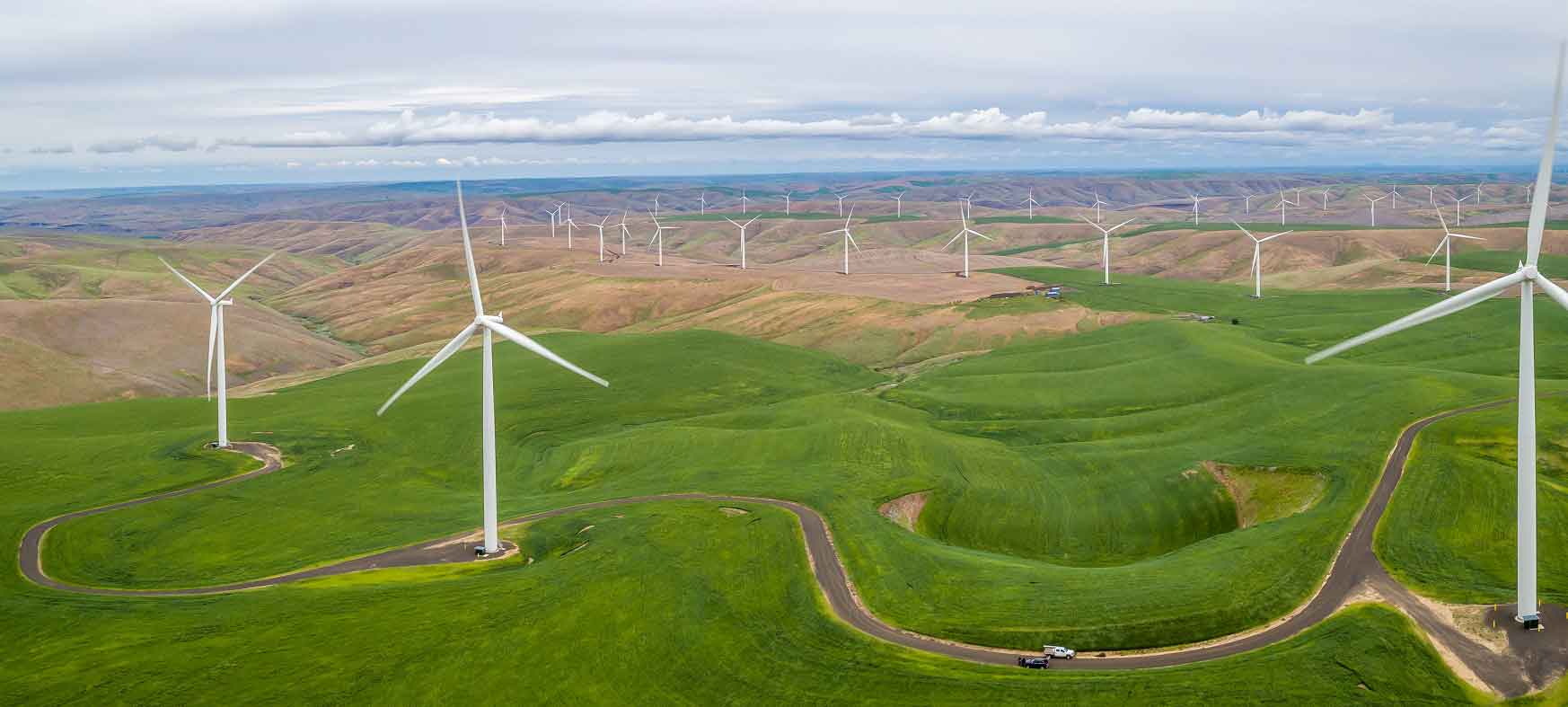Science-Driven Innovation Can Reduce Wind Energy Costs by 50% by 2030

With science driving wind-technology innovations, the unsubsidized cost of wind energy could drop to 50% of current levels, equivalent to $23 per megawatt-hour, by 2030, according to a report released by the U.S. Department of Energy’s (DOE's) National Renewable Energy Laboratory (NREL).
The report, “Enabling the SMART Wind Power Plant of the Future Through Science-Based Innovation,” describes:
- The scientific challenges facing wind today and how DOE’s applied research program, Atmosphere to Electrons, is working with industry to take an integrated approach to addressing these challenges
- How government-led advances in addressing these scientific challenges will enable future technological innovation by the wind industry
- How the resulting innovations enabled by advances in science will impact the levelized cost of energy (defined as the total cost of installing and operating a project per kilowatt-hour of electricity generated by the project over its life).
In 2016, the U.S. wind power industry benefited from an estimated $14 billion in new investments. Wind energy supplied more than 5.5% of U.S. electricity generation.
“Our research indicates that, if the United States continues to invest in wind research and development, wind energy can achieve costs competitive with the fuel-only cost of natural gas-fired electricity generation in less than 15 years,” said NREL engineer Katherine Dykes, lead author of the report.
Next-generation wind technology—enabled by government-funded scientific advancement and industry-led technology innovation—will comprise a collection of intelligent and novel features characterized as “System Management of Atmospheric Resource through Technology,” or SMART strategies. SMART wind power plants will be designed and operated to achieve enhanced power production, more efficient material use, lower operation and maintenance and servicing costs, lower risks for investors, extended plant life, and an array of grid control and reliability features.
The realization of the SMART wind power plant is projected to result in an unsubsidized cost of energy of $23 per megawatt-hour and below—a reduction of 50% or more from current cost levels. Under this scenario, wind energy deployments in the United States could increase to more than 200 gigawatts by 2030 and 500 gigawatts by 2050, supplying respectively 20% and 47% of U.S. electricity with wind. In addition, investment in SMART wind power technology research and innovation could support as much as $150 billion in cumulative electric sector cost savings from 2017 to 2050.
“NREL’s research underscores how fundamental scientific advances, fostered by DOE and its national laboratories, are needed to drive broad-based wind power competitiveness and support a new era of abundant, low-cost energy,” said NREL Associate Lab Director for Mechanical and Thermal Engineering Sciences Johney Green.
Prepared for DOE’s Wind Energy Technologies Office, “Enabling the SMART Wind Power Plant of the Future Through Science-Based Innovation” was written by NREL’s Katherine Dykes, Maureen Hand, Tyler Stehly, Paul Veers, Mike Robinson, and Eric Lantz and Richard Tusing of Allegheny Science and Technology.
Last Updated May 28, 2025
